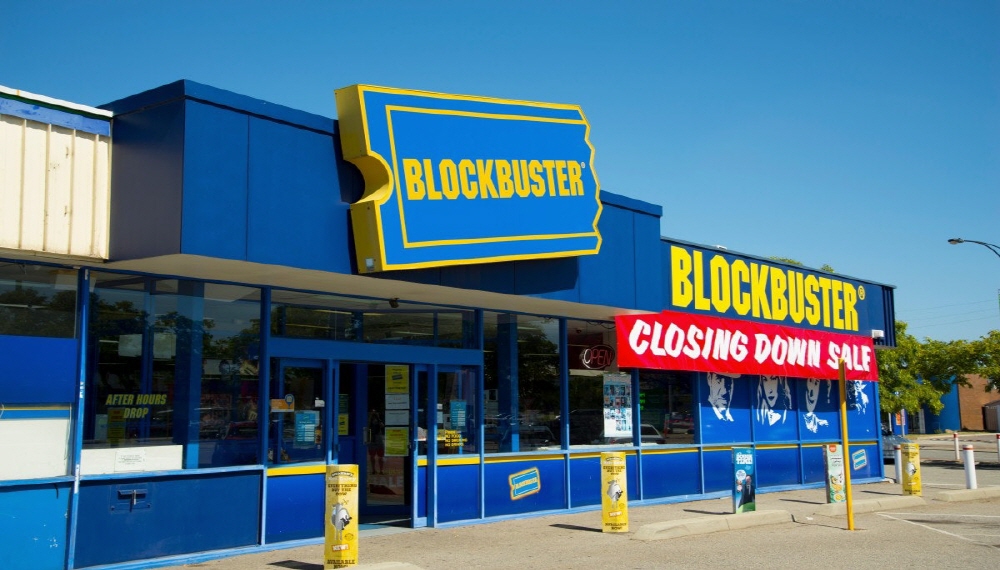
The World Economic Forum, located in Geneva, Switzerland, once dominated the world, now summarizes four technologies that are in decline.
According to this, the first is a pager. Pager, well known as a pager, started service in Japan in 1968 and reached its heyday in the 1980s. At one time, it was used by 60 million people around the world. However, with the advent of mobile phones, high-performance, multi-functional, and smart phones, the number of pager users rapidly declines. According to UK market research firm YouGov, 86% of children aged 6-18 in the UK did not know what a pager was.
Next is a portable cassette player. When Sony launched the Walkman in 1979, the concept of portable cassette players carrying music and enjoying themselves spread. For this reason, the word Walkman became synonymous with portable headphone stereos, and was also listed in the French Dictionary in 1981 and the Oxford English Dictionary in 1986. However, like pagers, portable cassette players lost their stake and gradually disappeared as MP3 players such as iPods appeared and smartphones became multifunctional.
Next is a floppy disk. Floppy disks made by IBM in 1970 served as the driving force behind the growth of the software industry, with more than 5 billion units sold worldwide in the mid-1990s. However, due to information storage technology and rapid Internet spread, software and data were not sold or stored on floppy disks, and production stopped in 2011.
Of course, in some fields, floppy disks continue to be active, and floppy disk drives continue to be used in virtual machines that are not subject to physical restrictions. But that also comes to an end in August 2019 when Linus Torvalds, known as the creator of Linux, announced that it would stop supporting floppy disk drivers.

The last is a video cassette recorder. Until the 1990s, when videotape was the mainstream video media, videotape recorders that record and play back images using videotape were a necessity to enjoy video content at home. However, it gradually withered as media with excellent capacity and transmission speed such as DVD and Blu-ray appeared. After that, as the video streaming service represented by Netflix appeared, the video cassette recorder completely lost its position.

Blockbuster, the largest U.S. video rental chain, once had more than 9,000 stores worldwide, but as of 2019, only one left in Oregon, U. Related information can be found here .


















Add comment